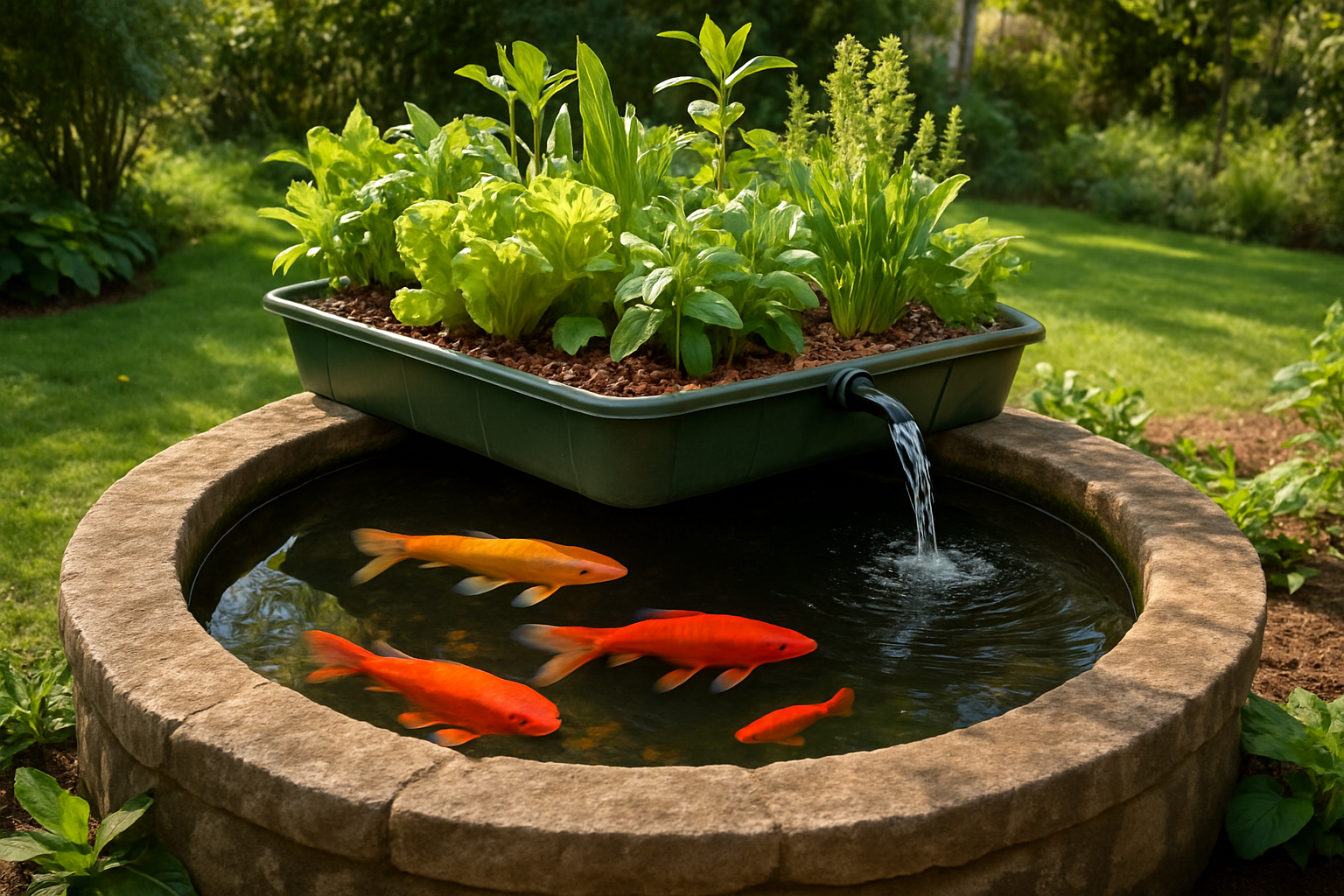Garden Fountains: Design, Placement, and Maintenance
A garden fountain can add movement, sound, and visual interest to an outdoor space while creating a focal point that complements planting and hardscape. Whether you choose a small tabletop fountain or a larger in-ground installation, understanding design types, siting, and basic upkeep helps ensure the feature enhances the garden for years with reliable performance and manageable care.

How does a water fountain affect garden ambience?
A water fountain introduces sensory elements—sight, sound and motion—that change how a garden feels. The sound of flowing water can mask distant traffic and provide a calming backdrop for conversation or quiet reflection. Visually, a fountain creates a dynamic focal point that draws the eye and can provide reflective surfaces for surrounding plants and sky. When selecting a fountain, consider the scale of the garden: a gentle trickle suits compact courtyards, while a larger cascade or basin works in expansive landscapes. The material and finish influence the mood—a natural stone look tends to feel more organic, while metal or concrete can feel contemporary.
What styles of garden water feature are available?
Garden water features range from simple recirculating basins to multi-tiered fountains and pond systems. Common styles include wall-mounted fountains that save space, pedestal or tier fountains that offer vertical interest, bubbler bowls for minimalist gardens, and pondless waterfall systems that give the look of a stream without a standing pond. Materials include stone, cast concrete, metal, ceramic, and resin. Each style has practical differences—some require deep foundations or professional installation, others are plug-and-play. Consider durability in your climate, weight for installation needs, and how the visual style matches plantings and outdoor structures.
How to choose a location for an outdoor fountain
Siting affects both performance and enjoyment. Place a fountain where its sound can be heard from outdoor seating but not too close to windows where splashing might be disruptive. Avoid locations directly under large trees that shed leaves and sap, which increases maintenance. Consider electric access and the route for concealed tubing and pump, and ensure the base is level and stable to prevent wobble or settling. Sunlight exposure matters: full sun can increase evaporation and algae growth, while deep shade can reduce water circulation and cooling effects. Assess drainage around the site to prevent overflow or waterlogging in heavy rain.
What maintenance does a fountain need?
Routine maintenance keeps a fountain operating cleanly and extends pump life. Basic tasks include checking water level weekly and topping up to compensate for evaporation, cleaning debris screens and skimmers, and removing algae or mineral deposits from basin surfaces. Pumps should be inspected periodically to clear any blockages and verify intake screens are intact. In colder climates, winterizing—draining the unit or using freeze-proof materials—prevents cracking from ice. For metal or porous stone, occasional sealing or protective coatings can reduce staining and weathering. Choosing a fountain with accessible components simplifies these tasks and reduces long-term labor.
How to integrate fountain with plantings and wildlife
A fountain can be designed to support pollinators and other wildlife while fitting into planting schemes. Position low edges or shallow basins where birds can bathe safely, and add native, low-maintenance plants around the base to create layered interest and shelter. Use plants that tolerate occasional splashing and that do not shed excessive debris into the water—compact grasses, sedges, and evergreen groundcovers are often good choices. Avoid plants that drop sticky sap or large quantities of leaves. If attracting wildlife is a goal, provide gradual slopes or perches and maintain clean water to reduce disease risk in visiting birds and insects.
A considered choice of fountain size, material, and location will influence initial installation complexity and long-term upkeep. Smaller plug-in or solar-powered fountains are easier to install and move, while built-in stone or concrete fountains may require professional siting, electrical work, and a stable base. Factor in local climate, seasonal care, and access to electricity when planning to ensure the fountain remains functional and integrated with the garden design.
In summary, garden fountains offer sensory and aesthetic benefits that can transform outdoor spaces when selected and sited thoughtfully. Matching style and scale to your garden, planning for practical needs like access and maintenance, and integrating plantings and wildlife considerations will help the fountain become a durable and harmonious element in the landscape.






